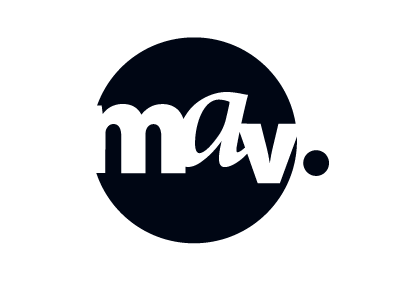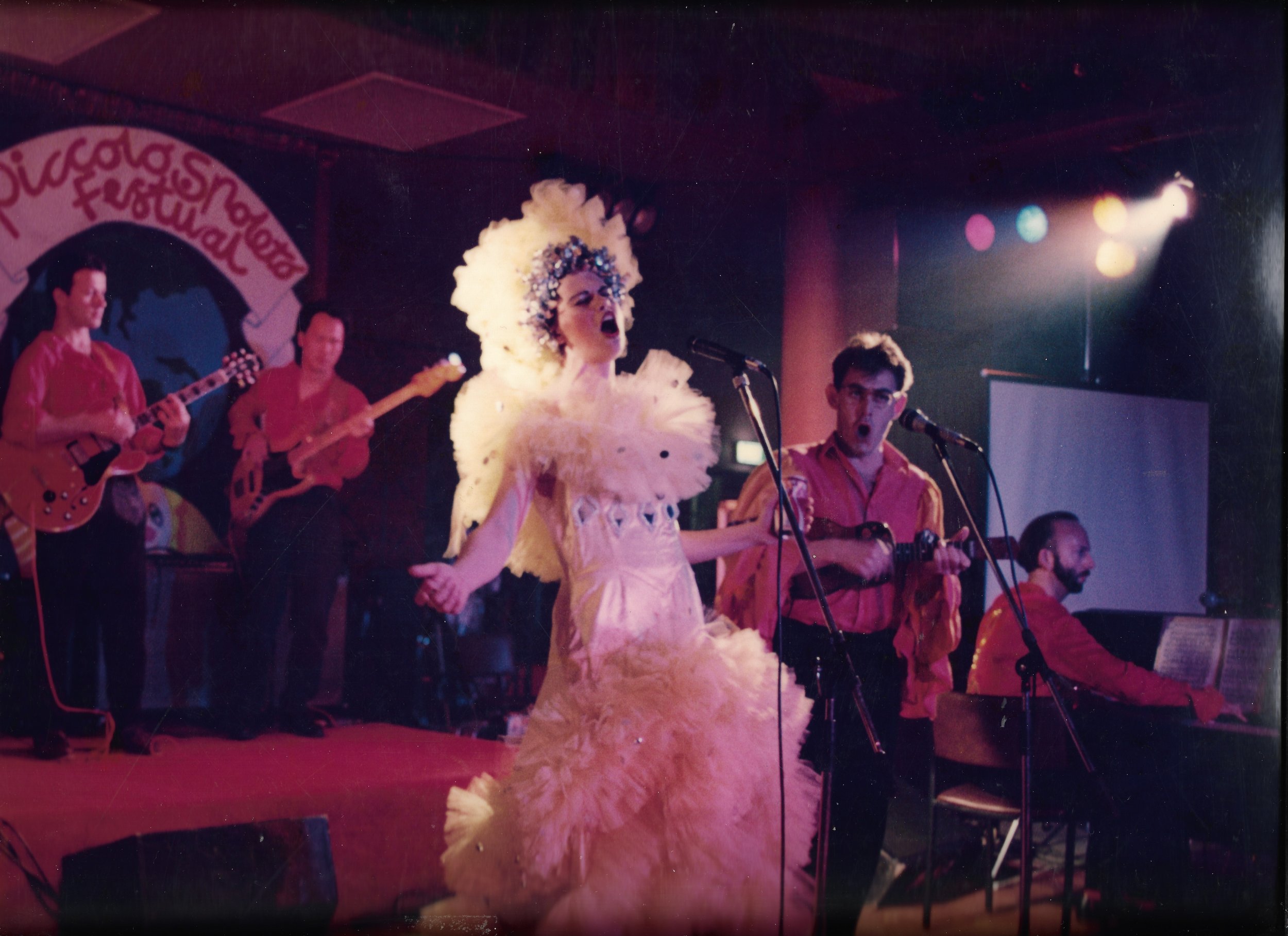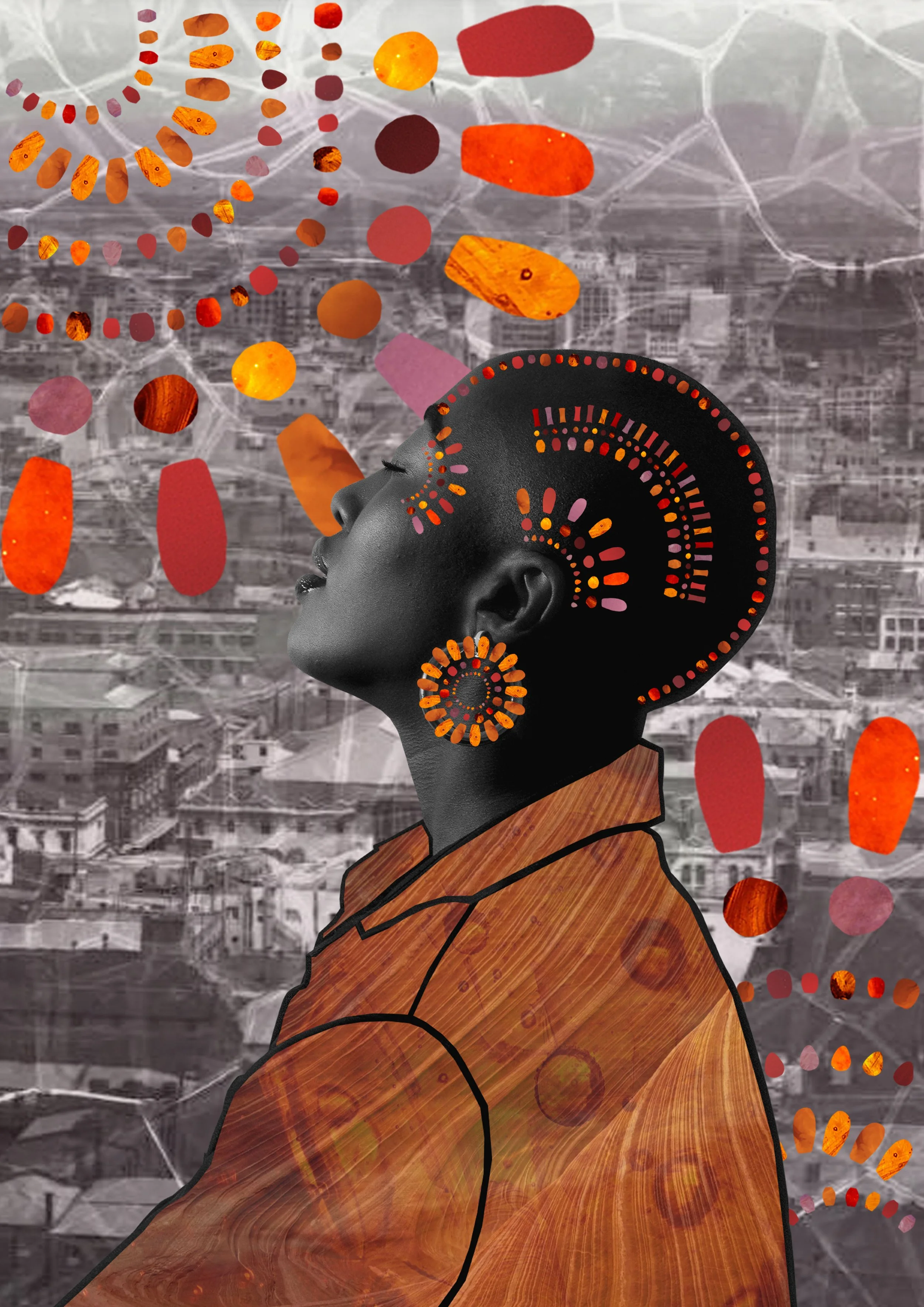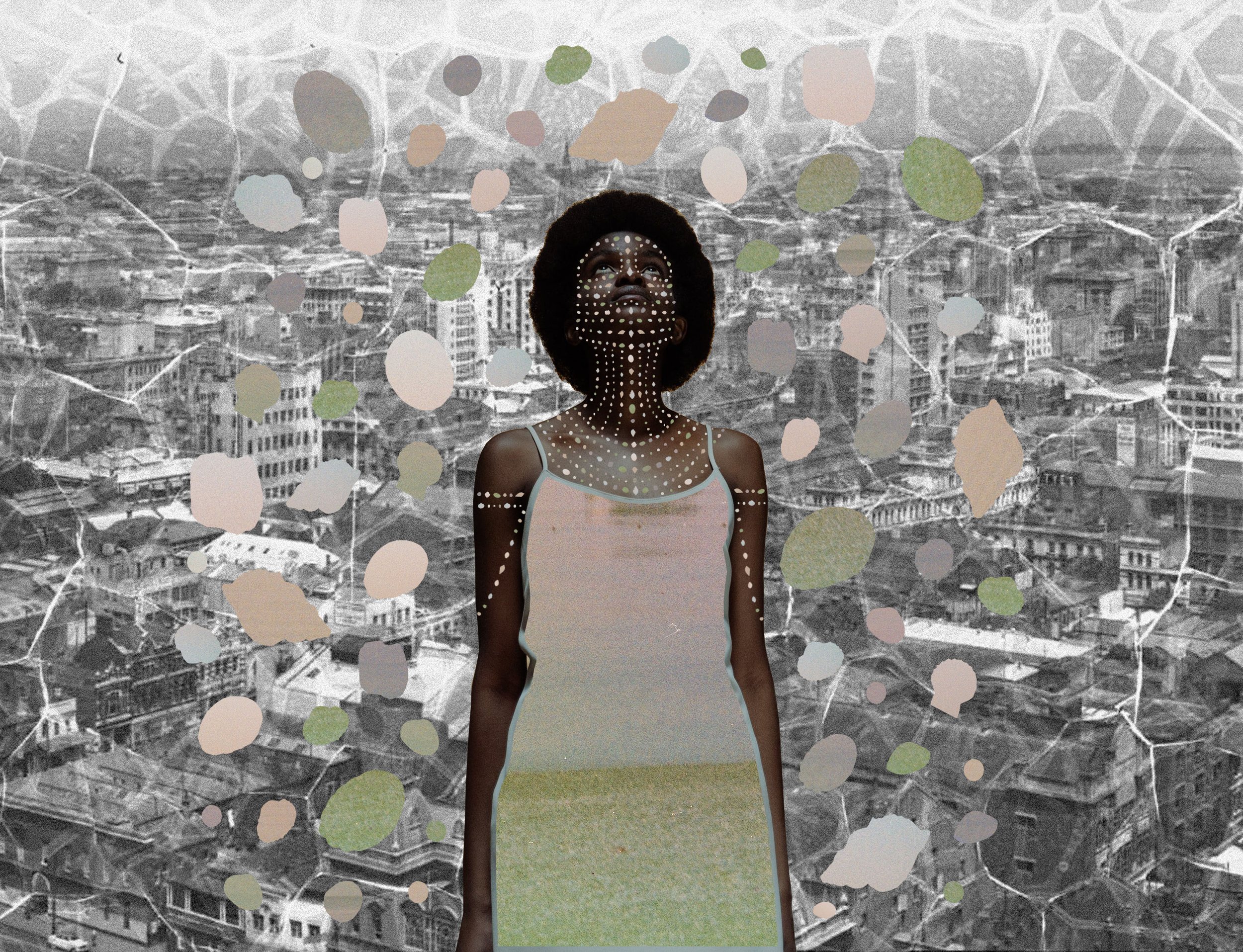
An emergent program by MAV
2024 - ongoing
We are celebrating 50 joyous years supporting tens of thousands of diverse artists, locally, nationally and internationally.
Legacy is complex…
Above Left: Los Chicos at Piccolo Spoleto, 1987. Photographer: Angela Lynkushka.
Above Right: Shell Folkloric Dance Group. Festival of All Nations. Year and photographer unknown. 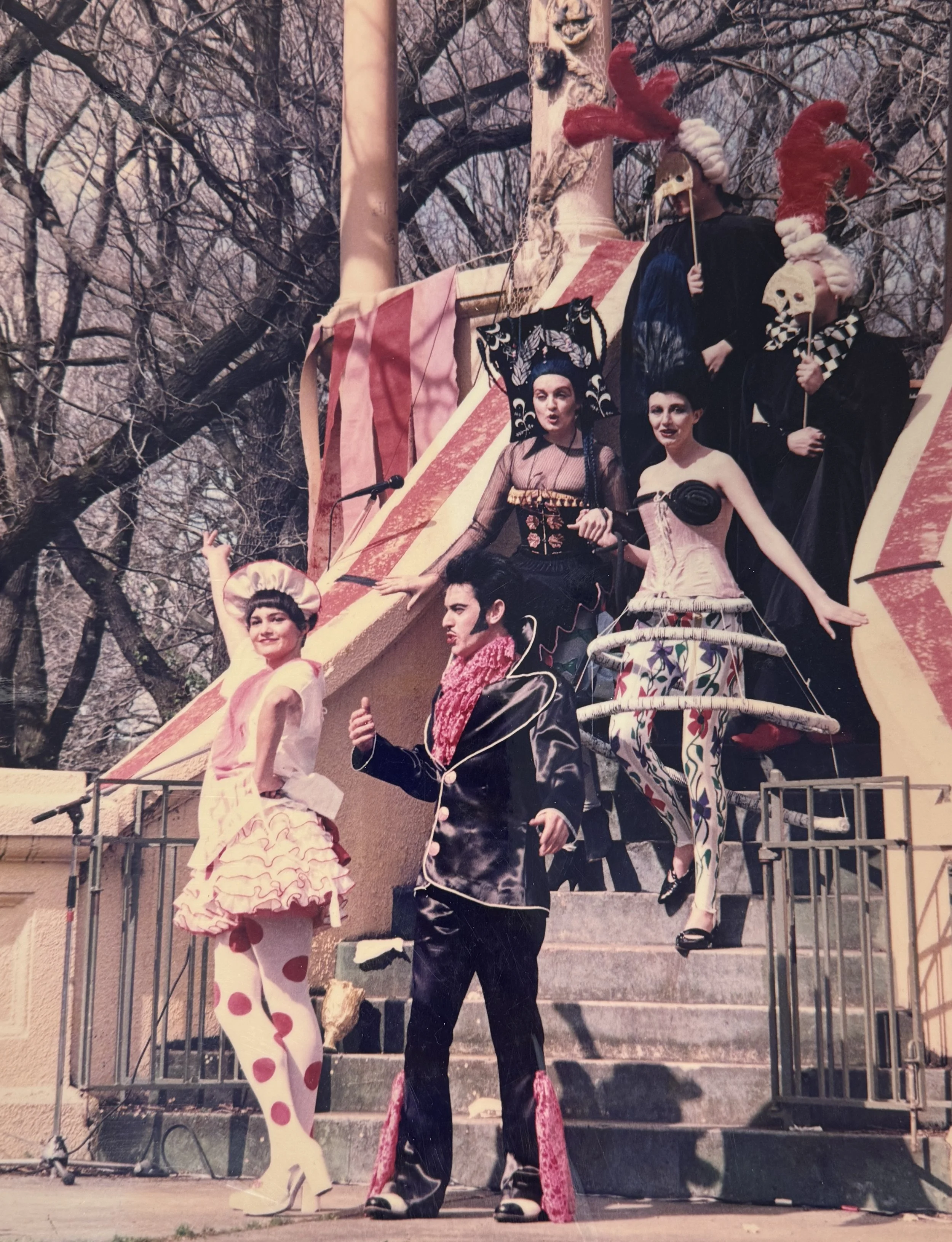
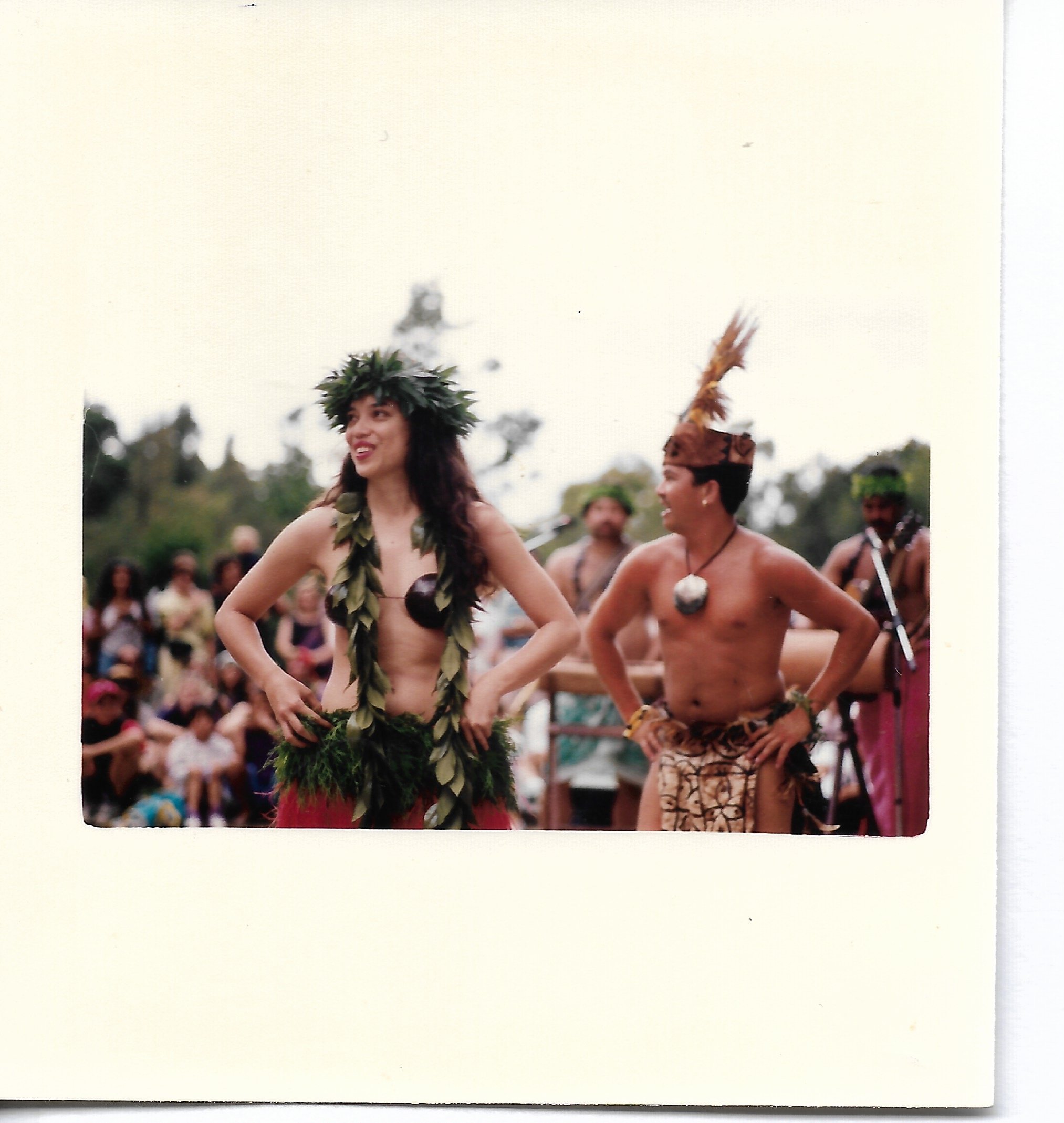
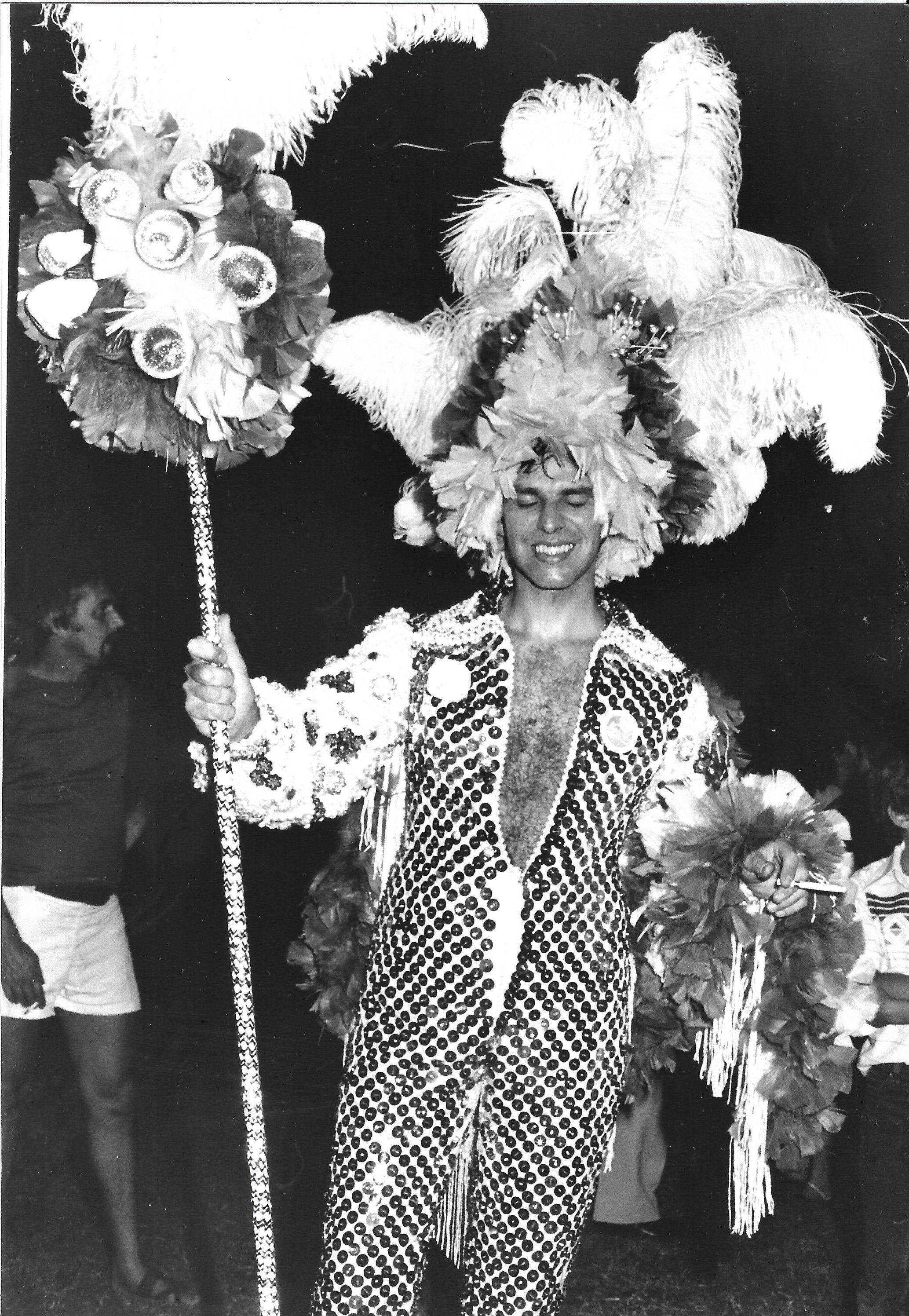
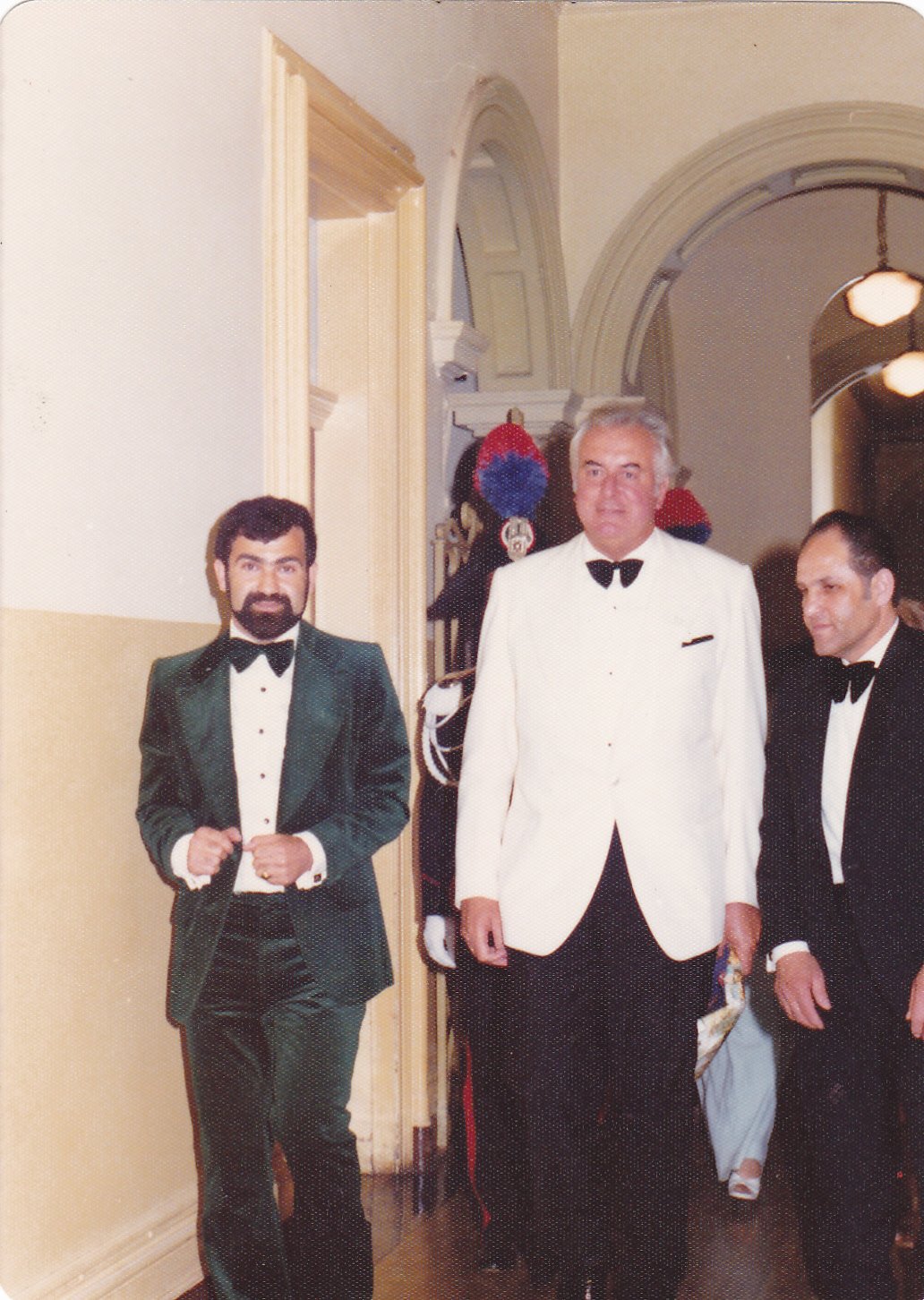

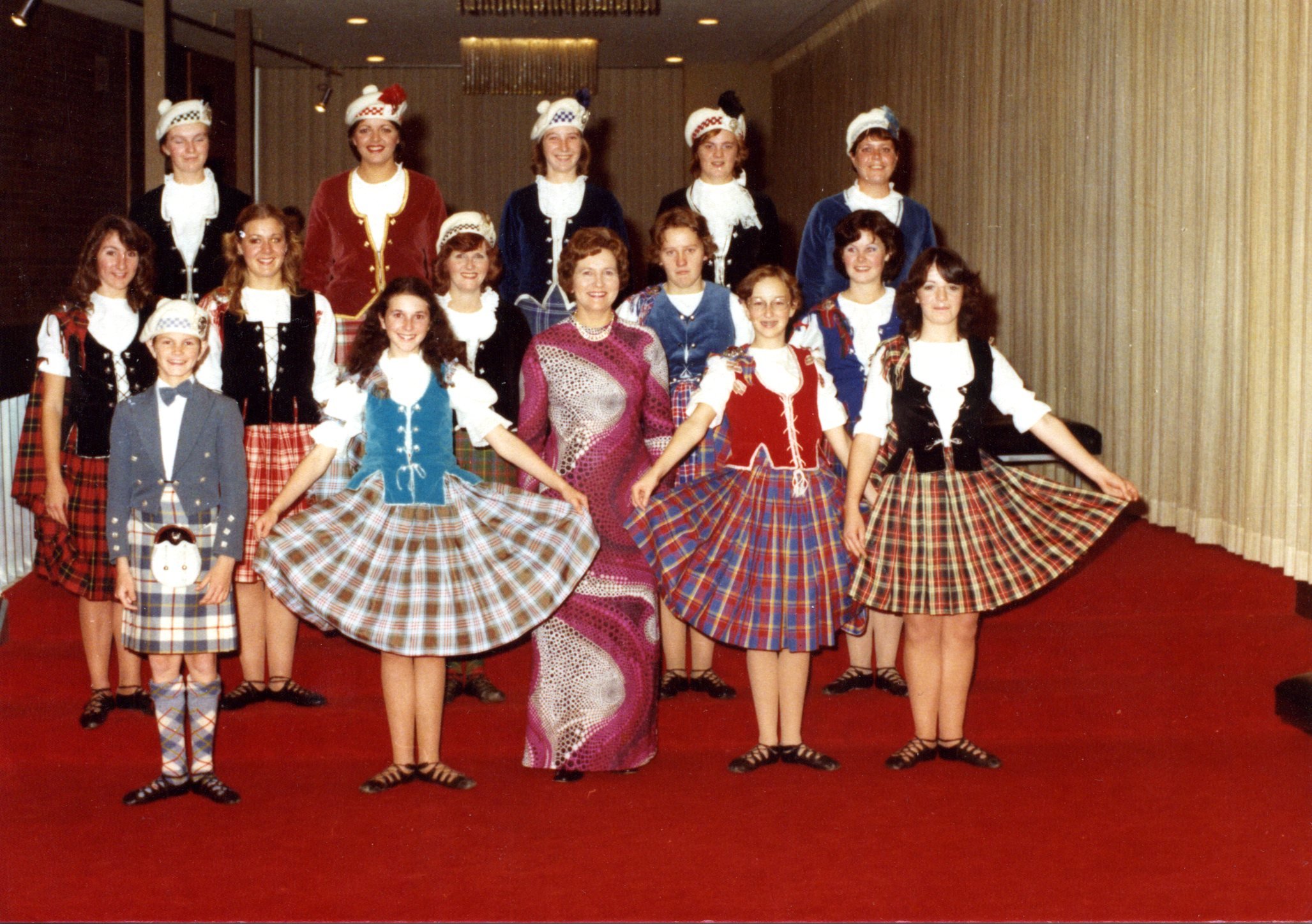
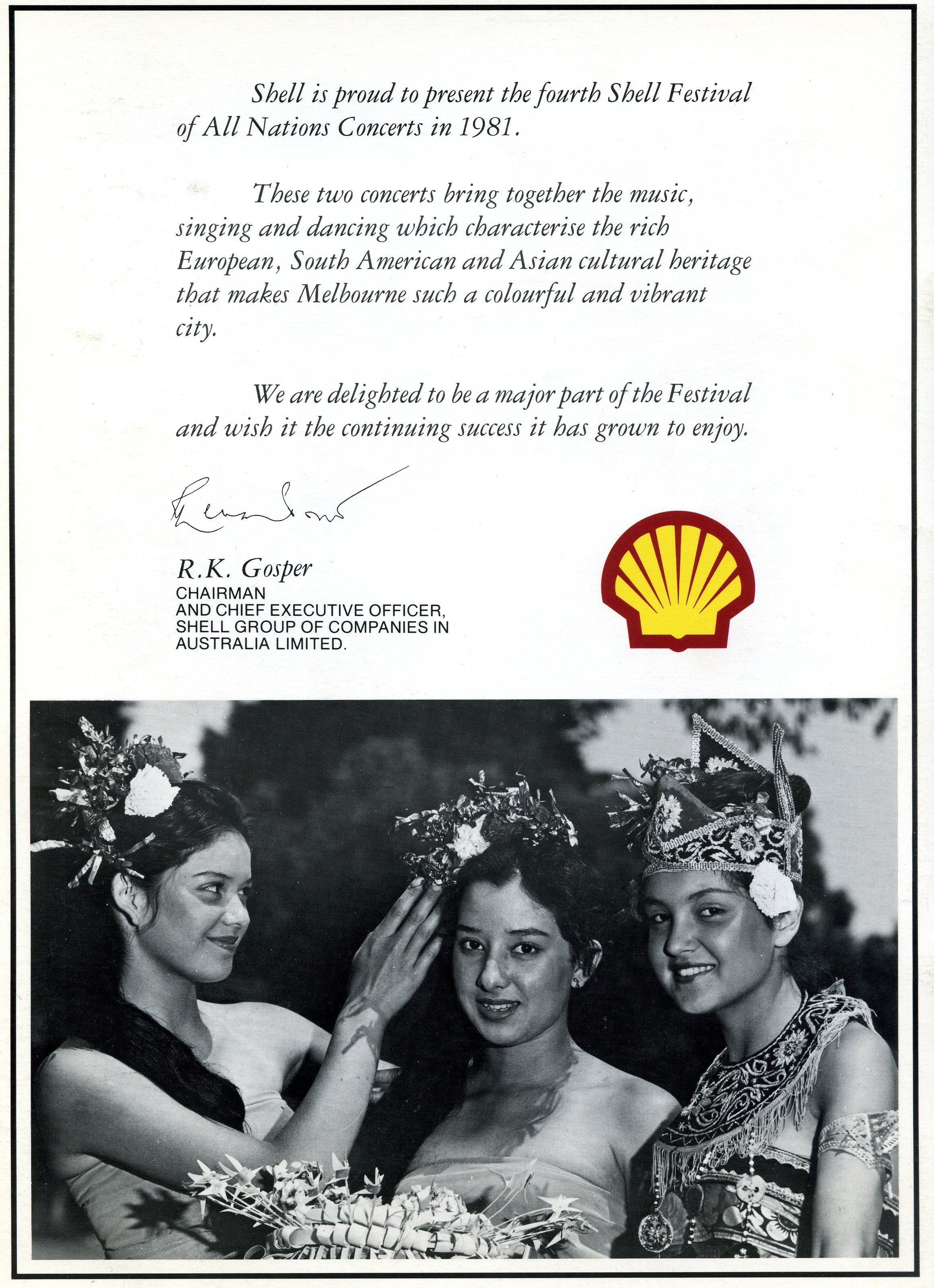
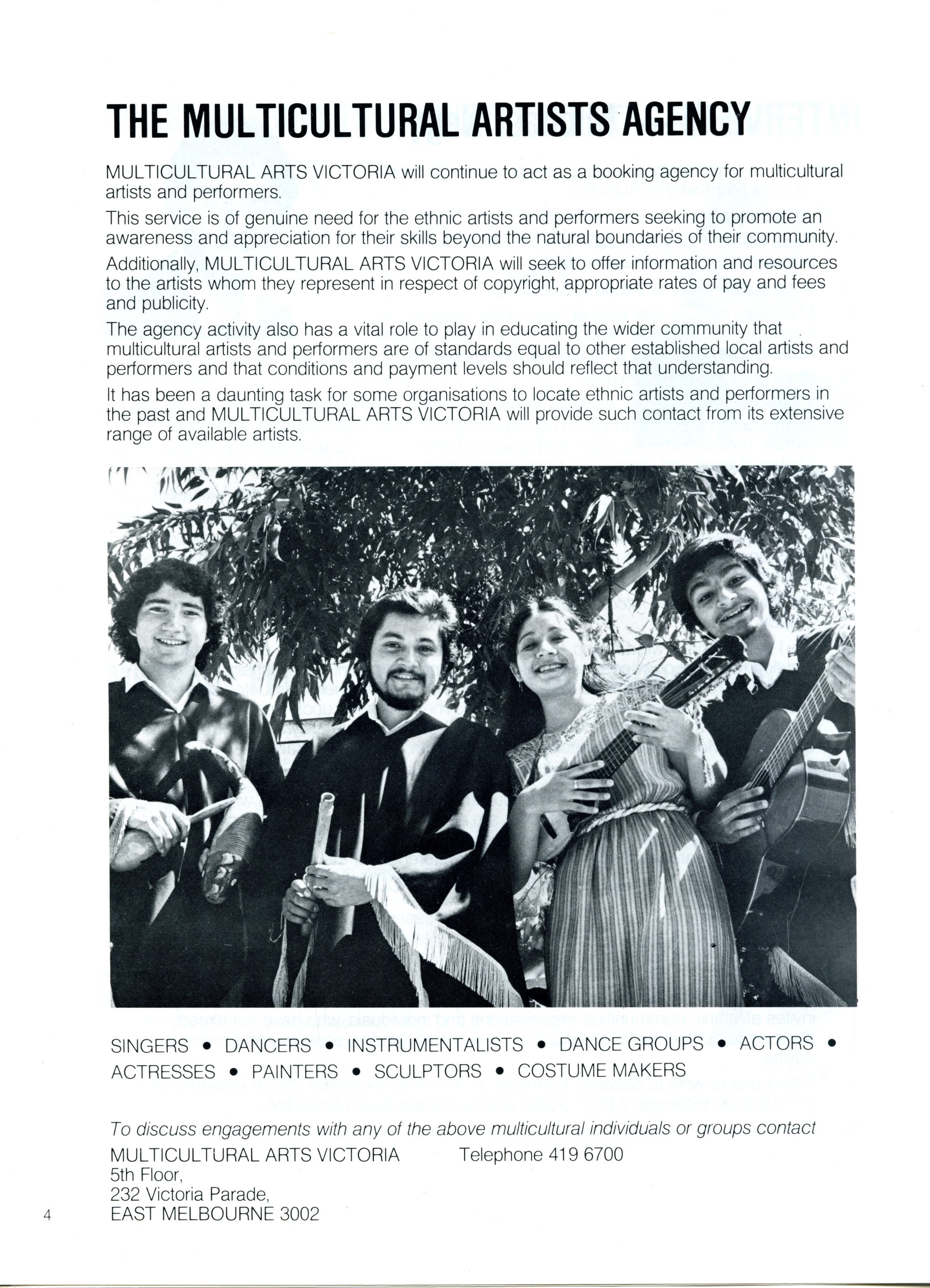
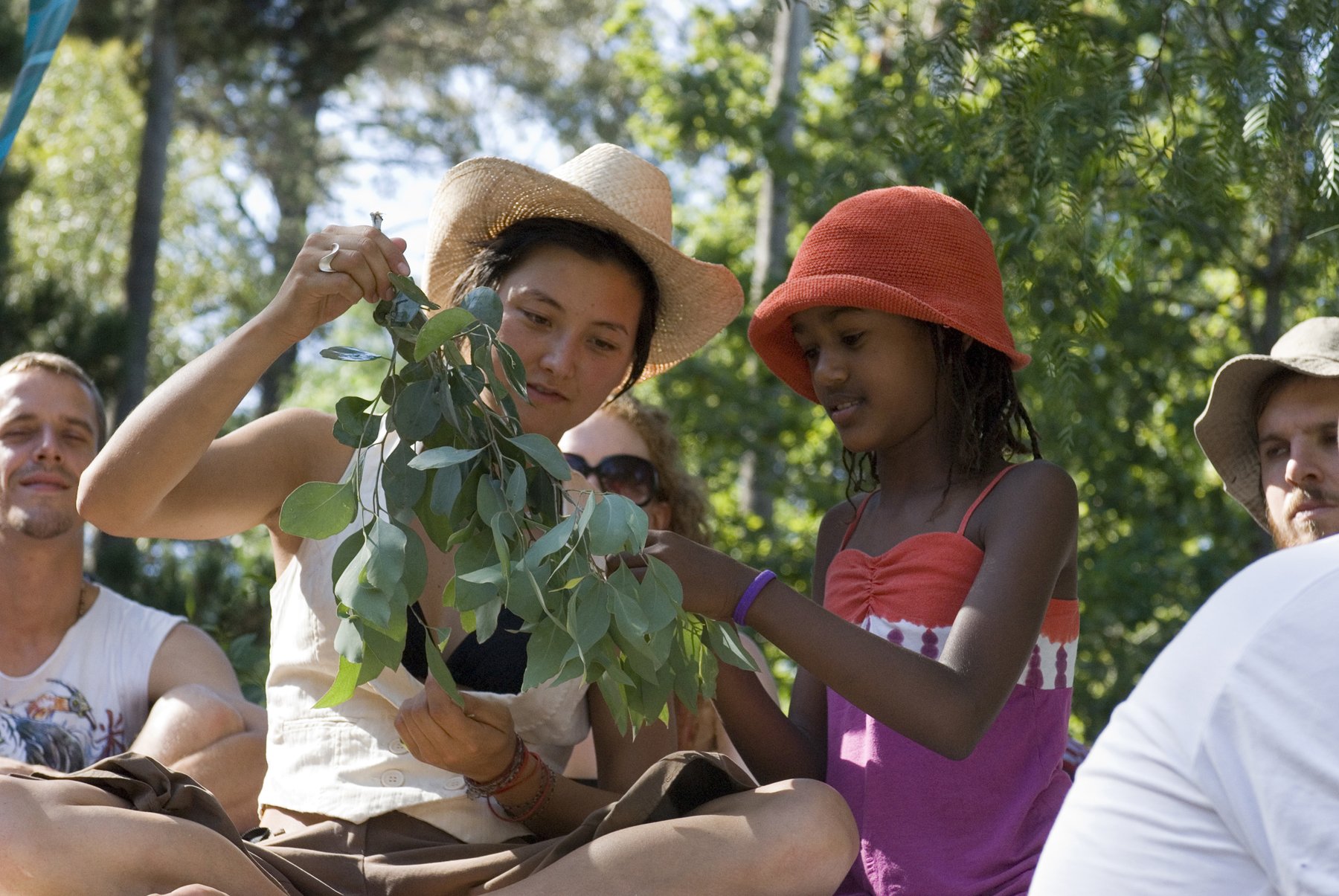
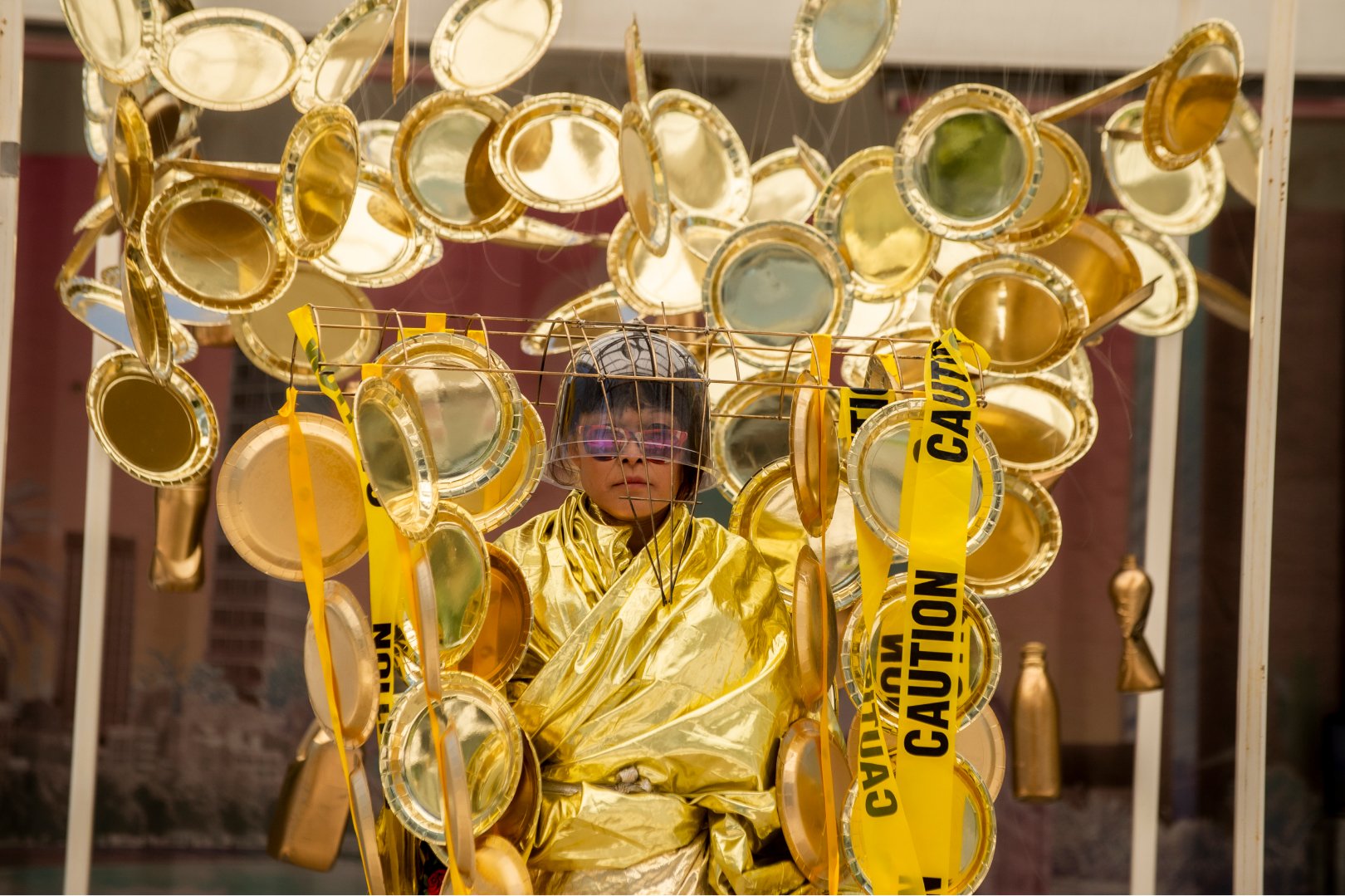
… and ours is fascinatingly so. So how did we go?
A series of creative initiatives, content and conversations designed to invigorate, and seek understanding, created with and witnessed by community.
Unbound by time or rigid expectations, MAV is committed to fostering genuine connections and transparent relationships as a community-driven organisation. Together, we move at the speed of trust, imagining and building bold new futures for creatives everywhere.
For a reader-friendly, simplified version of this webpage, see here.
Enter:
COMING SOONCOMING SOON